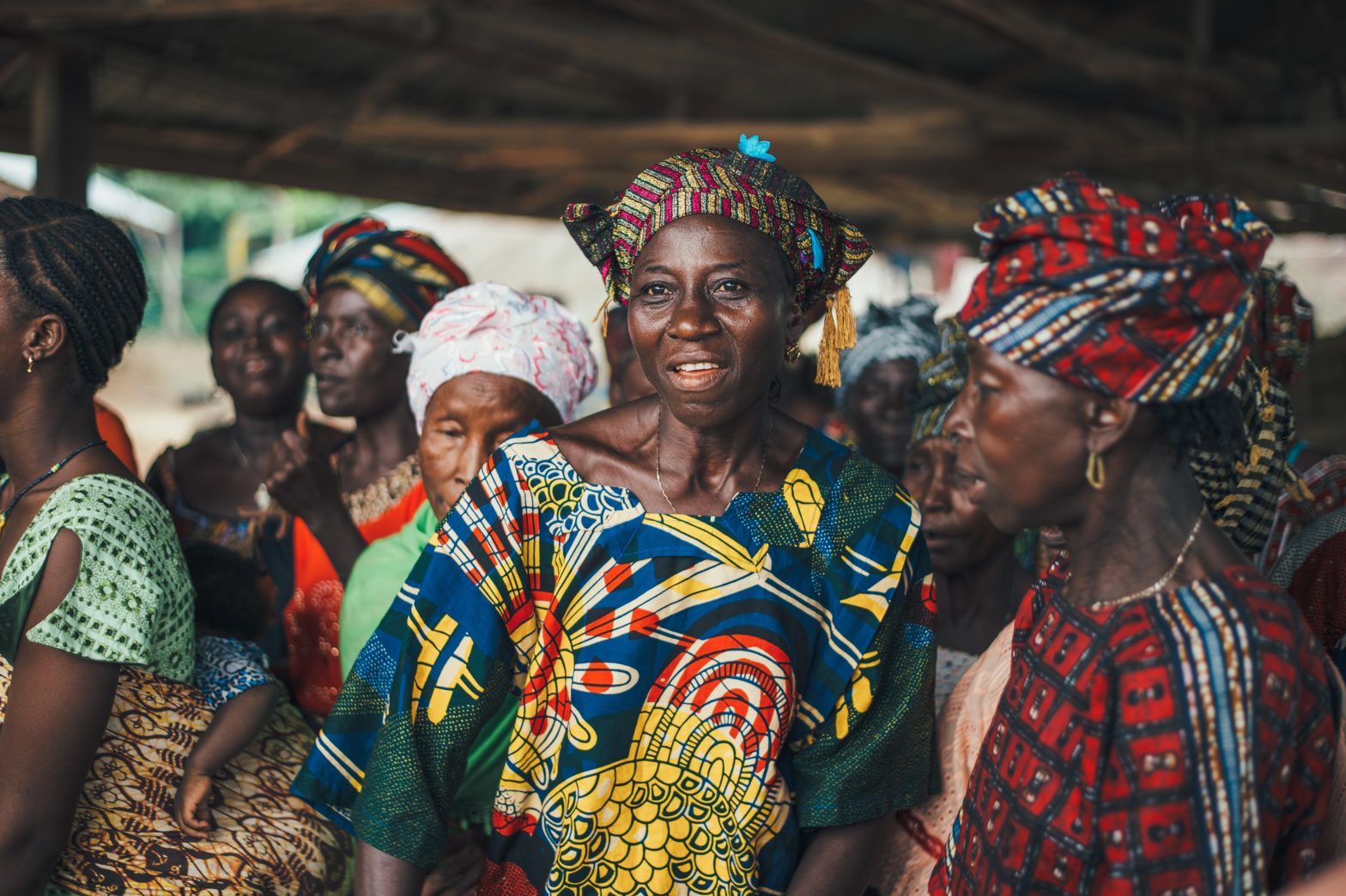On April 27, 2022, Sierra Leone marks its 61st year of independence from Great Britain, and celebrations are set to take place across the country. But, the path to independence wasn’t a glamorous one, as the British weren’t driven out so easily.
It’s theorized that the name Sierra Leone was inspired by Portuguese explorer Pedro de Sinta in 1462. He called the majestic mountains surrounding the Freetown Peninsula Serra Lyoa, meaning Lion Mountains. When the country became a colony under the British in 1808, the name was modified to the present spelling. Some locals refer to their country by its nickname, Salone.
Sierra Leone, like other nations in Africa and the Caribbean, was firmly under Britain’s boot for many years. As noted by The Sierra Leone Telegraph, “the colonial era was a period of harsh, crude, and inhuman de-culturation. All forms of resistance were met and crushed with heavy force.”
There were early efforts to overthrow or at least undermine British authority, including the rebellion spearheaded by Bai Bureh. This was in response to a new, steep tax imposed by Sierra Leone’s British governor, and the unrest rippled throughout the country.
The British had sophisticated weaponry, but they found themselves outmaneuvered by Bureh and his men. The Sierra Leone Web mentions that “Bureh’s forces surprised the British troops time and again, subjecting them to punishing fire from behind concealed war fences, before slipping away unseen into the bush. The British offered a reward for information leading to Bureh’s capture, but no one would come forward, as his men loved their chief and remained loyal to him to the very last.”
Bureh was eventually arrested and appears on the 1000 Leones bill for his heroism. Some have remarked that he looks like a court jester, but this may have been intended as a jab at Britain. As noted by Around The World In 80 Currencies, “it was only the jester that dared to point out the folly of the ruler, and Bai Bureh, perhaps more than anyone in Africa, caused the British overlords to turn in circles.”
It wasn’t until 1961 that Sierra Leone achieved independence, and it became a republic with its first president a decade later. Between civil war stretching from 1991 to 2002, which left scores of people dead, and the Ebola outbreak in 2014, some tourists were reticent to visit for a time. But in recent years, it has been stable, and the rainforests, beaches and other natural features appeal to travelers with an adventurous streak.
Where in Sierra Leone should you visit? The capital city of Freetown is the administrative and economic hub, the nightlife is decent and there are some very good restaurants. You don’t have to spend a lot of money in order to eat well, which is always a bonus. International fare is available, but trying local dishes is recommended, many of which have a rice base. There’s also seafood, fresh vegetables and fruit and savory meat stews. If you’re interested in learning about wildlife conservation, visit the Tacugama Chimpanzee Sanctuary on the outskirts of Freetown.
North of the capital is Bunce Island, Sierra Leone’s answer to Senegal’s Gorée Island. The deteriorating buildings, wild vegetation and encroaching roots create an ominous atmosphere. World Monuments Fund says that “over more than a century, an estimated 30,000 people were sent to slavery from Bunce Island.” Today, there are efforts to conserve the buildings, train new tour guides and educate visitors on the brutality of the slave trade.
If you’d like to visit an island that doesn’t have such a dark history, check out Banana Island, one of Sierra Leone’s most scenic attractions. It offers fantastic water sports opportunities (particularly scuba diving) and it’s close enough to Freetown that you can visit by boat and sail back to the mainland in the same day.
Earlier versions of the Sierra Leone flag incorporated the British Union Jack, but that came to an end on April 27, 1961, when the new one was hoisted for the first time. Today’s flag bears no resemblance to its predecessors, and there are three horizontal bands. The green stands for mountains and agriculture, the white is for justice and unity, and the blue represents the port city of Freetown.
Happy Independence Day, Sierra Leone!





